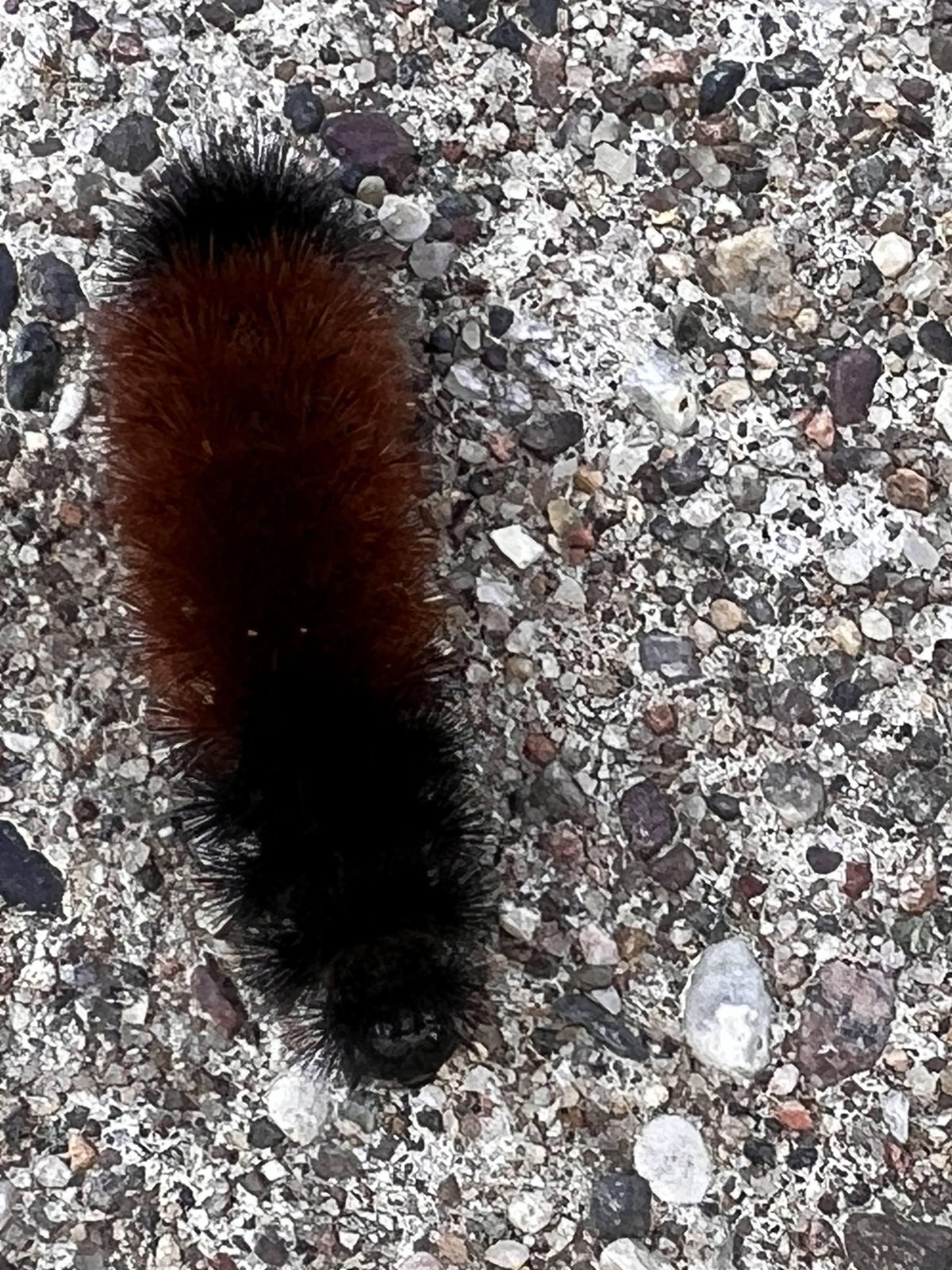Back Home by Chris Hardie
As a longtime suffering and now recovering journalist, I’m a self-professed word nerd. Words are my friends and finding the right one gives me the same feeling as finding a winning lottery ticket.

So it was like a triple word score in Scrabble when I discovered that our spring lilacs are remontant – they are flowering for a second time in one growing season.
We are not alone – I have seen plenty of other photos on social media from Wisconsin, Minnesota and Iowa where folks are reporting the same thing.
Lilac bloom time is one of my favorite parts of spring, so my senses were sent catawampus when I inhaled their fragrance last week. The nasal insufflation took me back to May when it was October.
The reason, according to several plant experts, is environmental stress. While plants are apparently immune to nauseating political advertising, they do feel stress from heat and drought or severe defoliation.
Our lilacs and our crab apple trees dropped their leaves early, which could be the result of a fungus or blight. The blight mimics the stress of winter, so the flower buds that are set in early summer for the following year are triggered to bloom when the cooler temperatures and shorter days of fall arrive.
The impact will be fewer blooms next spring after the real stress of winter is past.
Speaking of winter, I’ve been tracking the numerous woolly bear caterpillars on the farm to gauge how bad it will be.

Popular folklore says the amount of black on the woolly bear in autumn varies proportionately with the severity of the coming winter. The longer the black bands, the longer, colder, snowier and more severe winter. A wider middle brown band means a milder winter.
So far I’ve seen a lot of wider middle brown bands – which is good, but there are some dark bands on the heads and tails, which means the beginning or the end of the winter will be the worst.
But there’s always the variance of the Woolly Bear Oscillation, when the length of the sections change based on which part of the caterpillar is moving at the time. So make sure your woolly bears are stretched out.
The community of Banner Elk, NC holds an annual Woolly Worm Festival with a caterpillar race and all sorts of fun events, but due to hurricane Helene, the 47th annual festival for this year has been canceled. We can hope that the community will have something more to celebrate in 2025.
Officially the National Weather Service says we are in a La Niña weather pattern, where the colder waters in the Pacific push the polar jet stream northward, setting up the chances for a colder and a snowier-than-normal winter to the northern U.S. That would be a change from the warm and mainly snowless winter we had last year.
I have analyzed all of the data and folklore and will go out on a limb to predict that we will have snow and cold temperatures this winter.
And I look forward to next spring when the woolly bears will crawl from their winter hiding spaces, spin cocoons and emerge as full-grown tiger moths.
Chris Hardie spent more than 30 years as a reporter, editor


